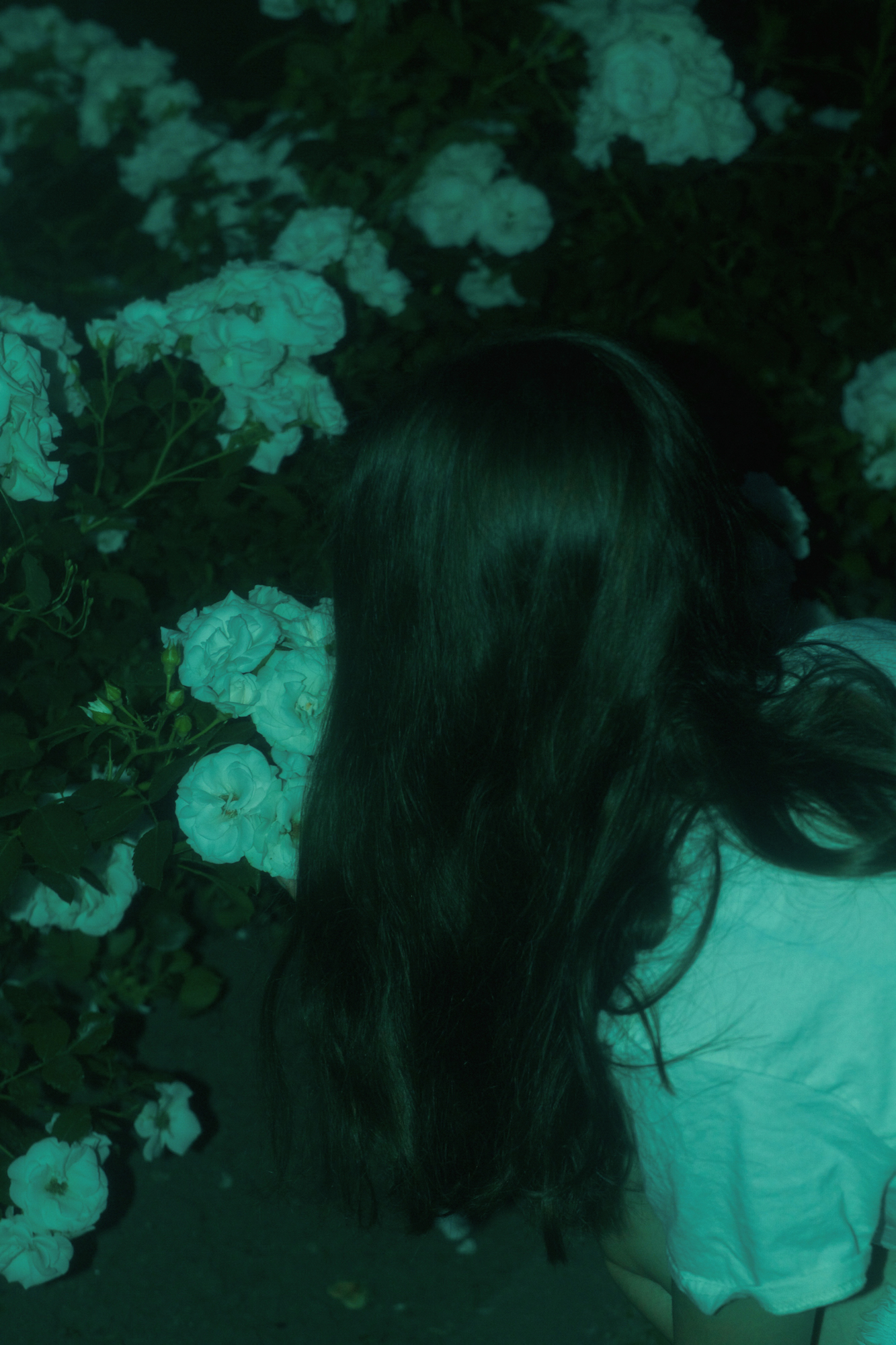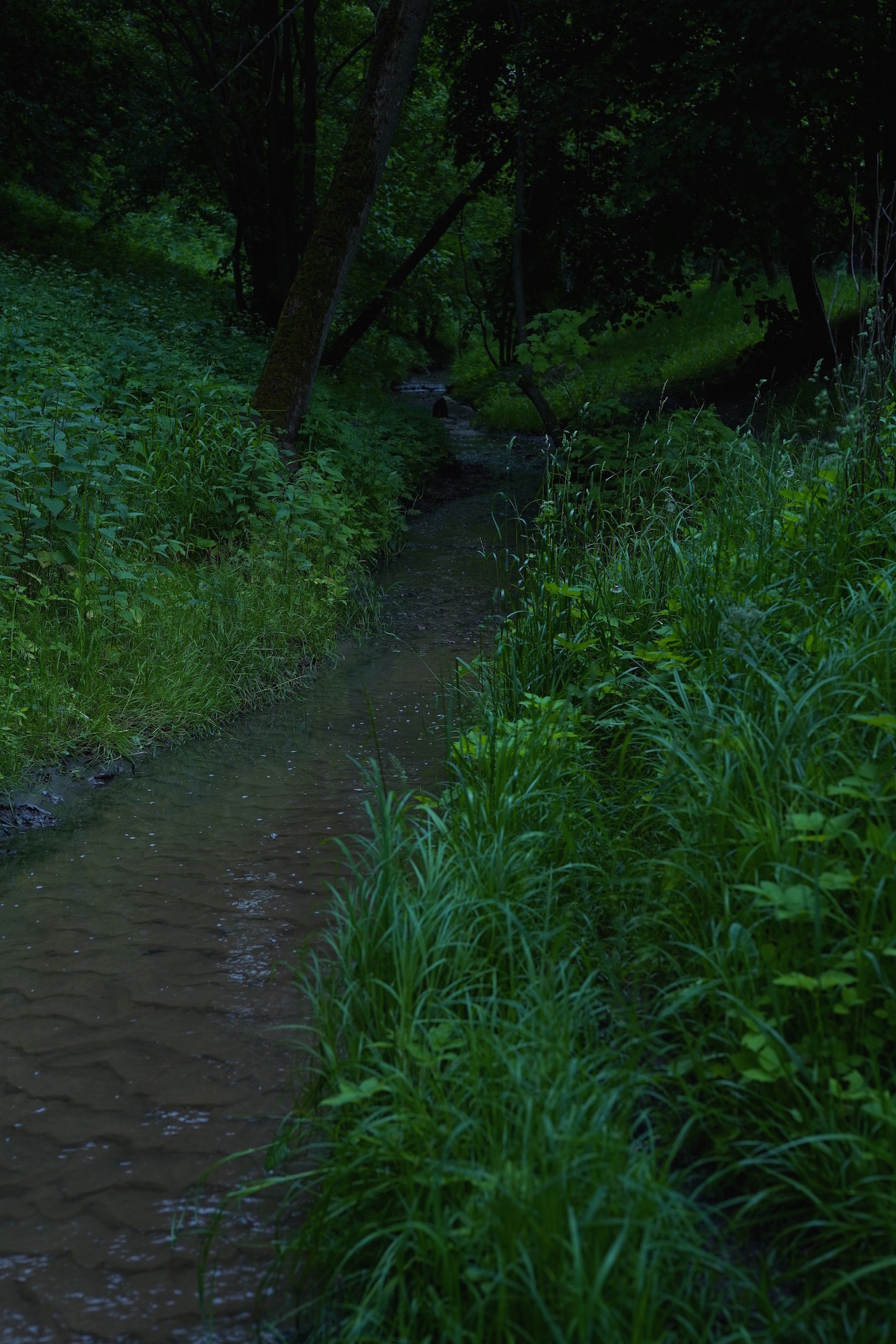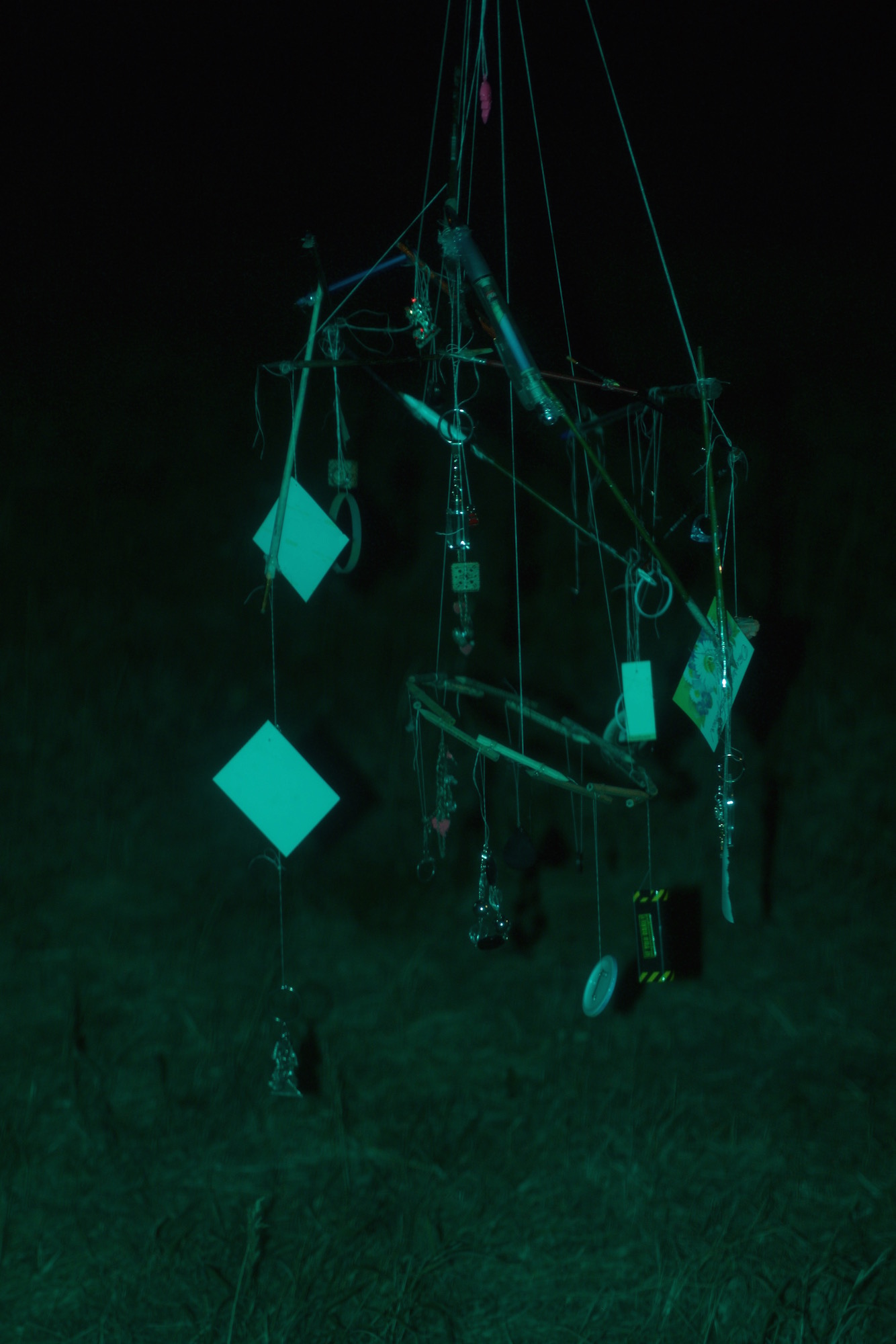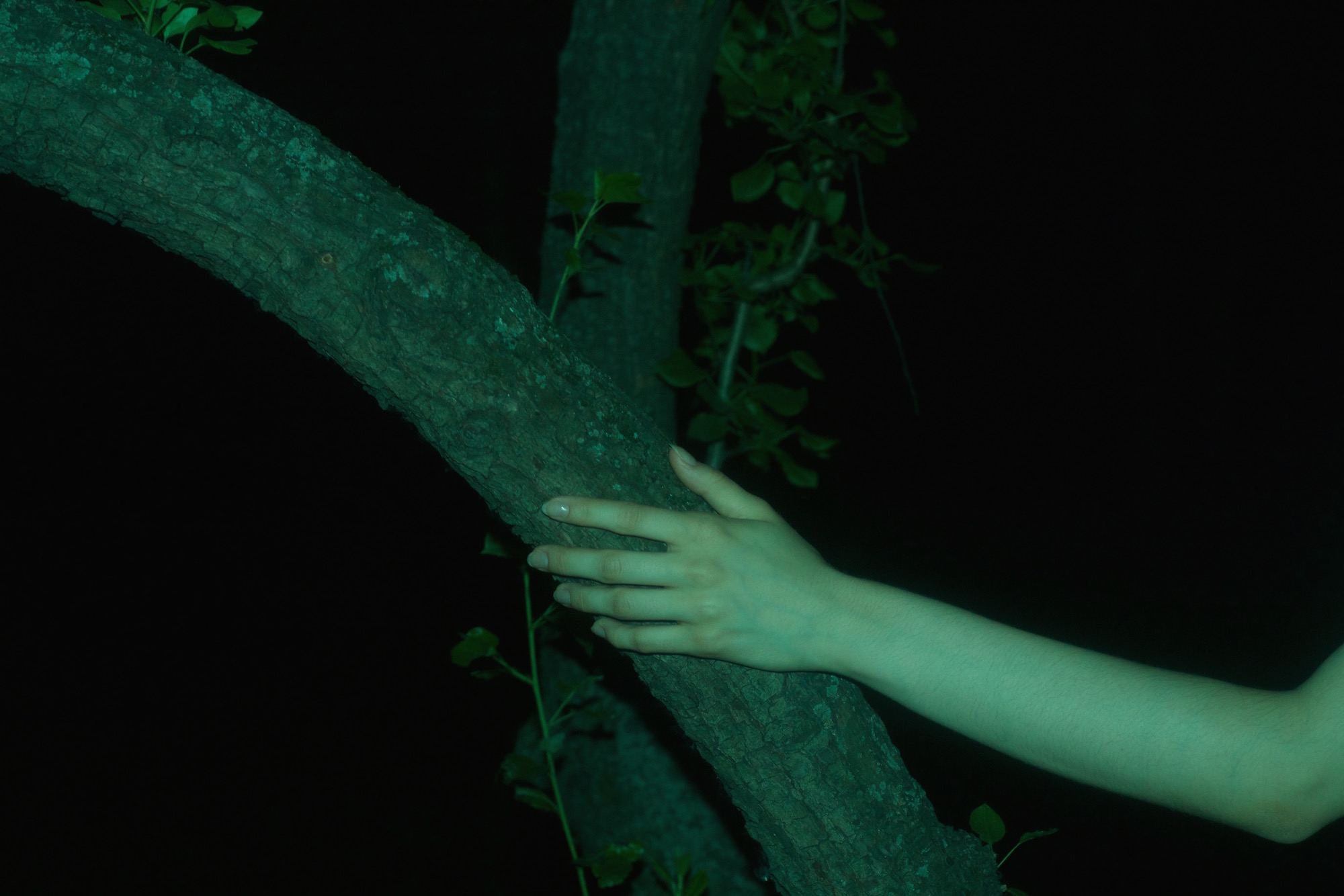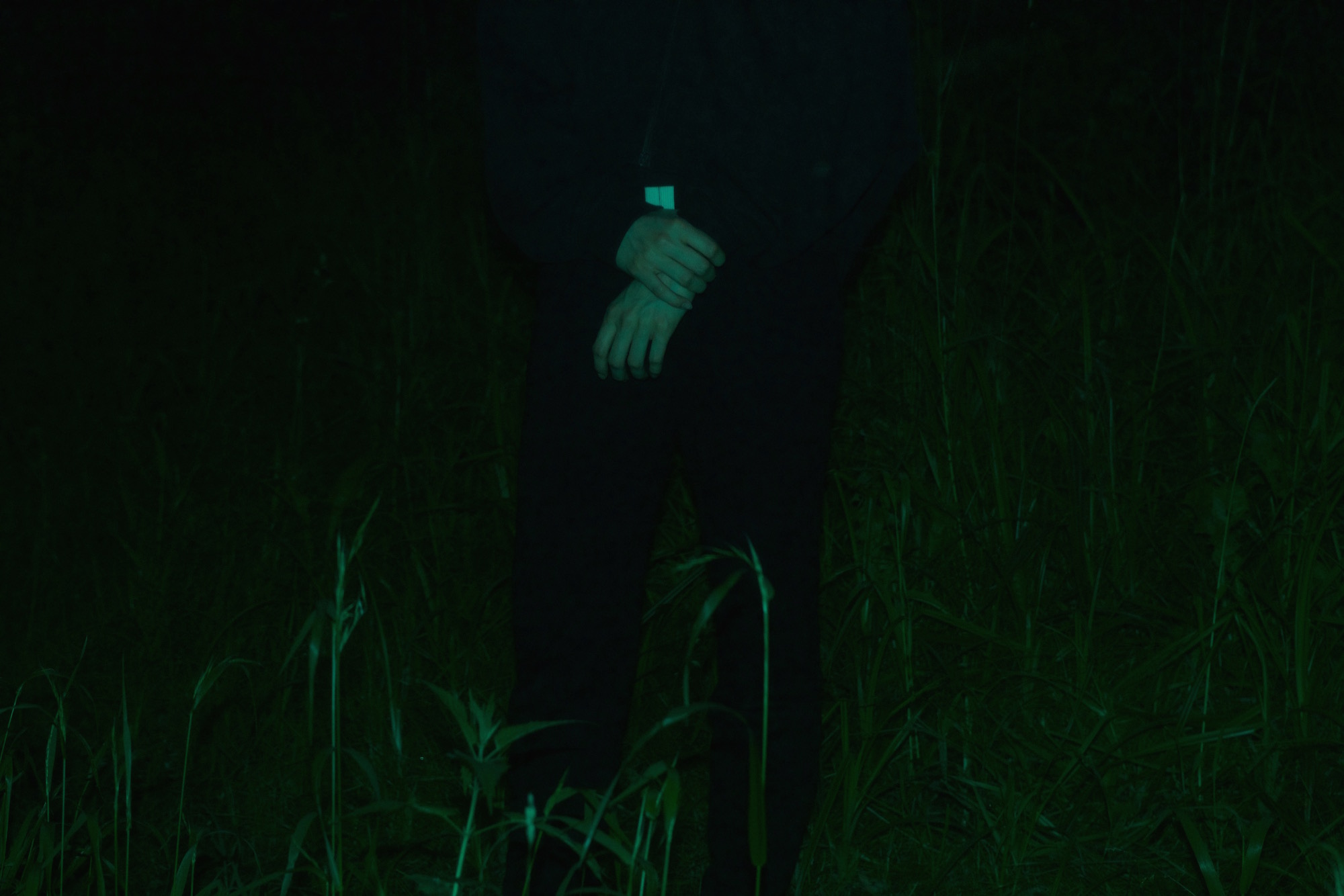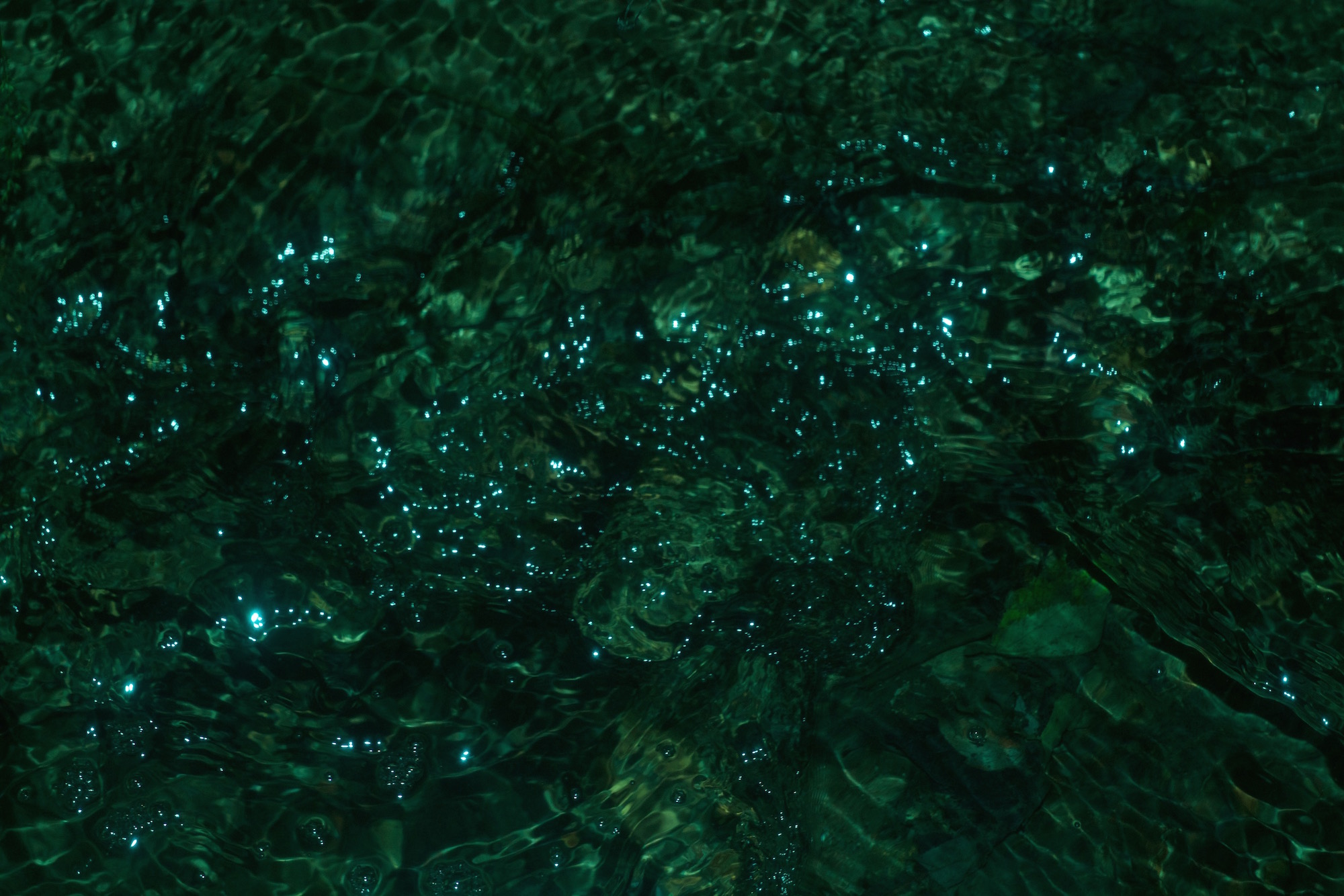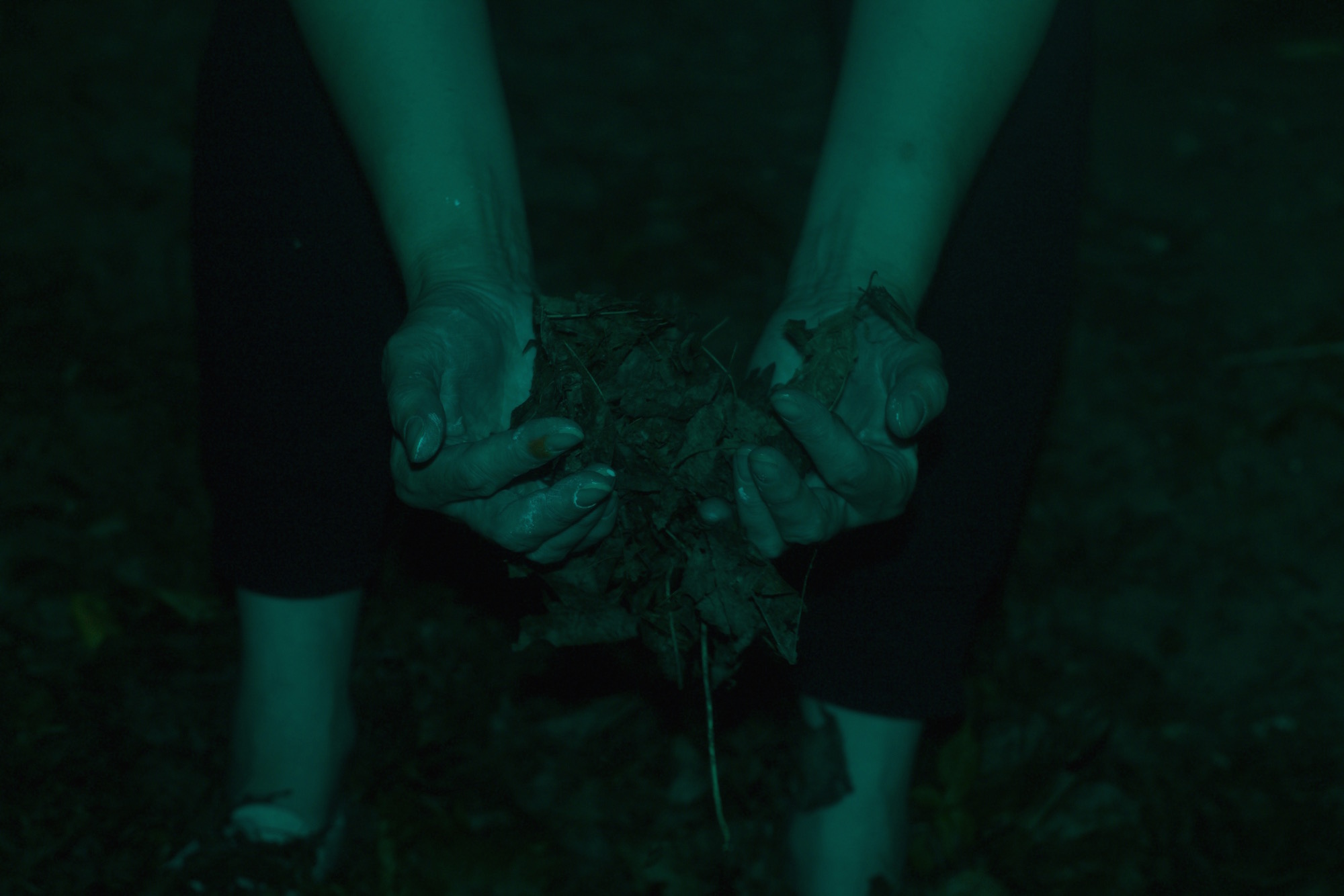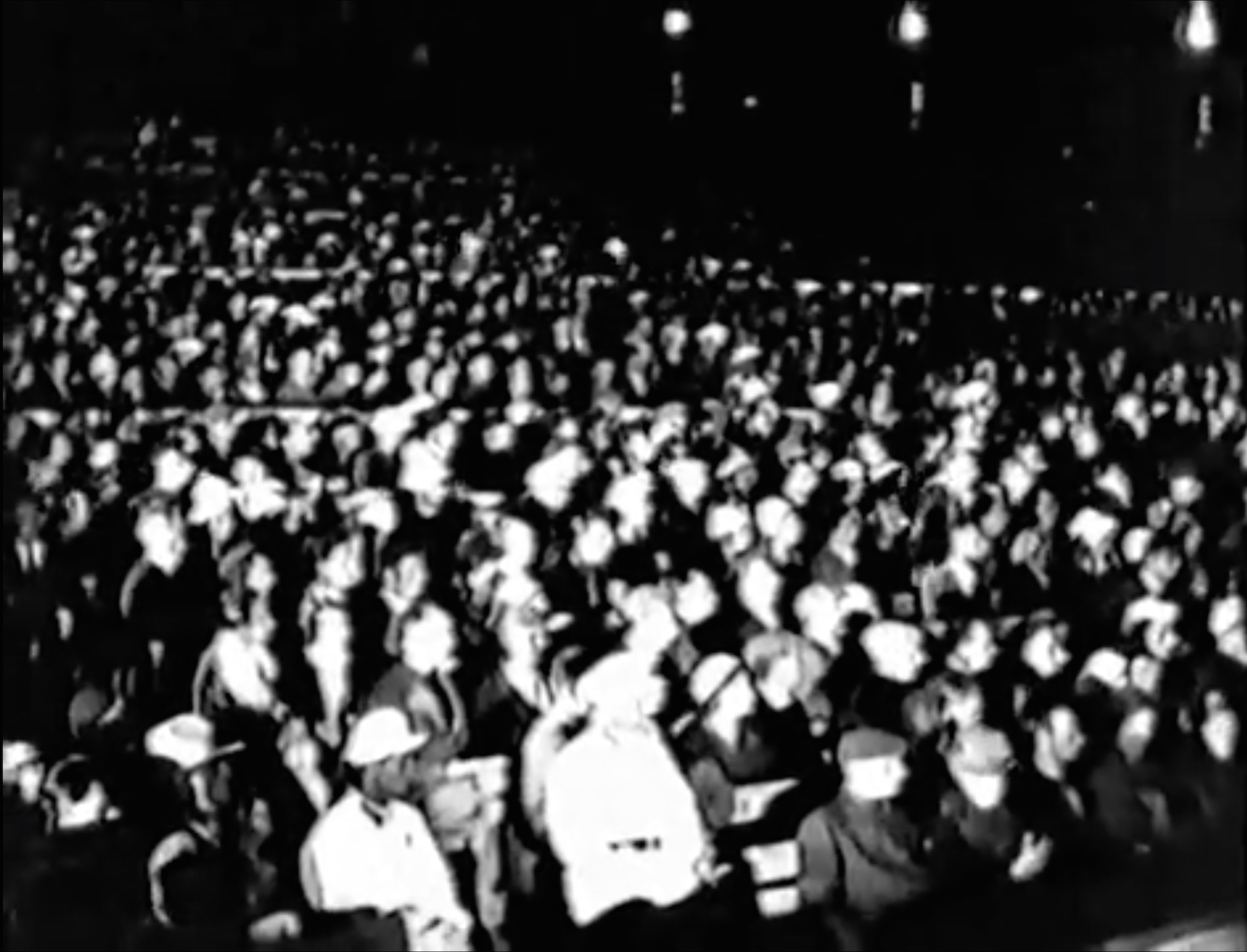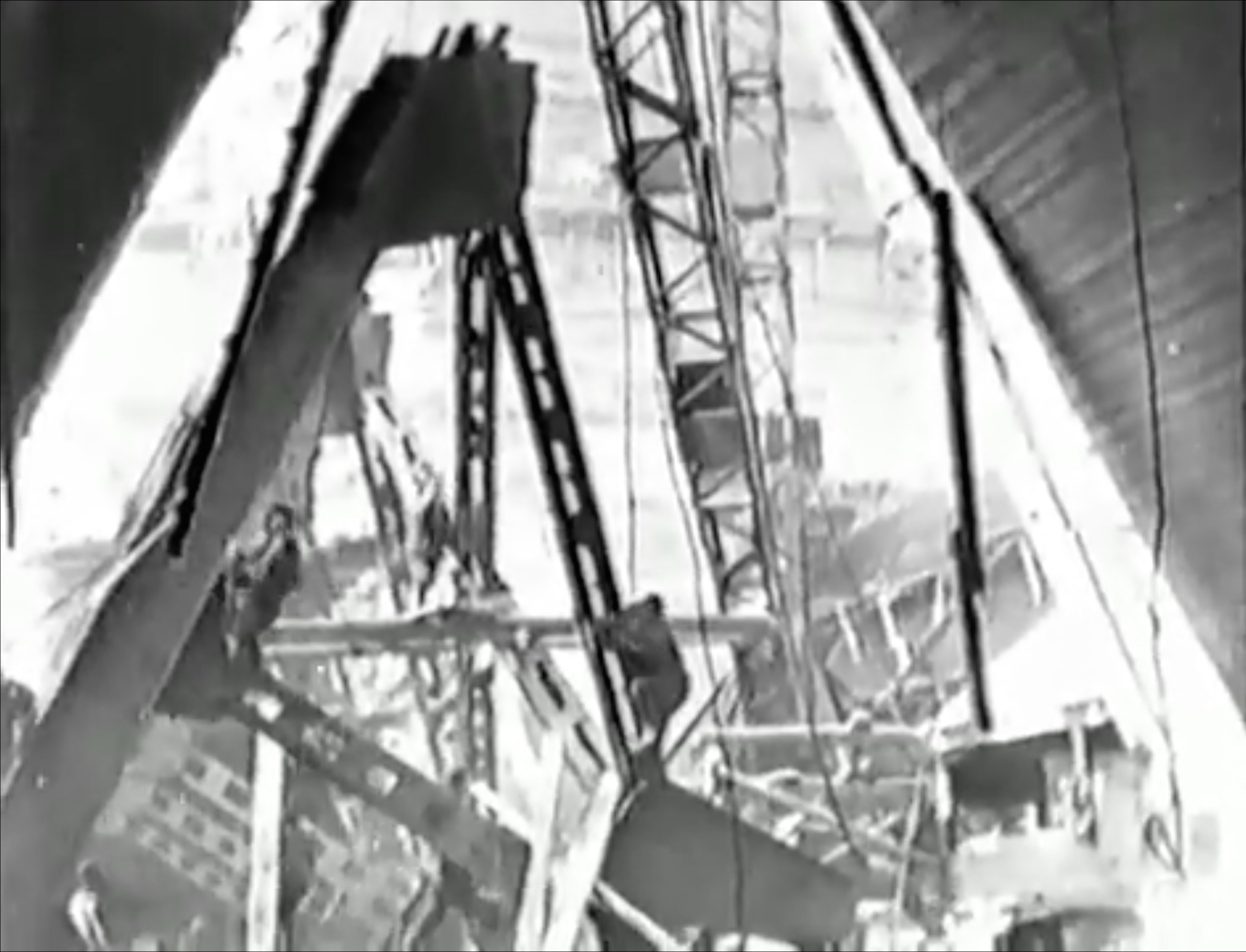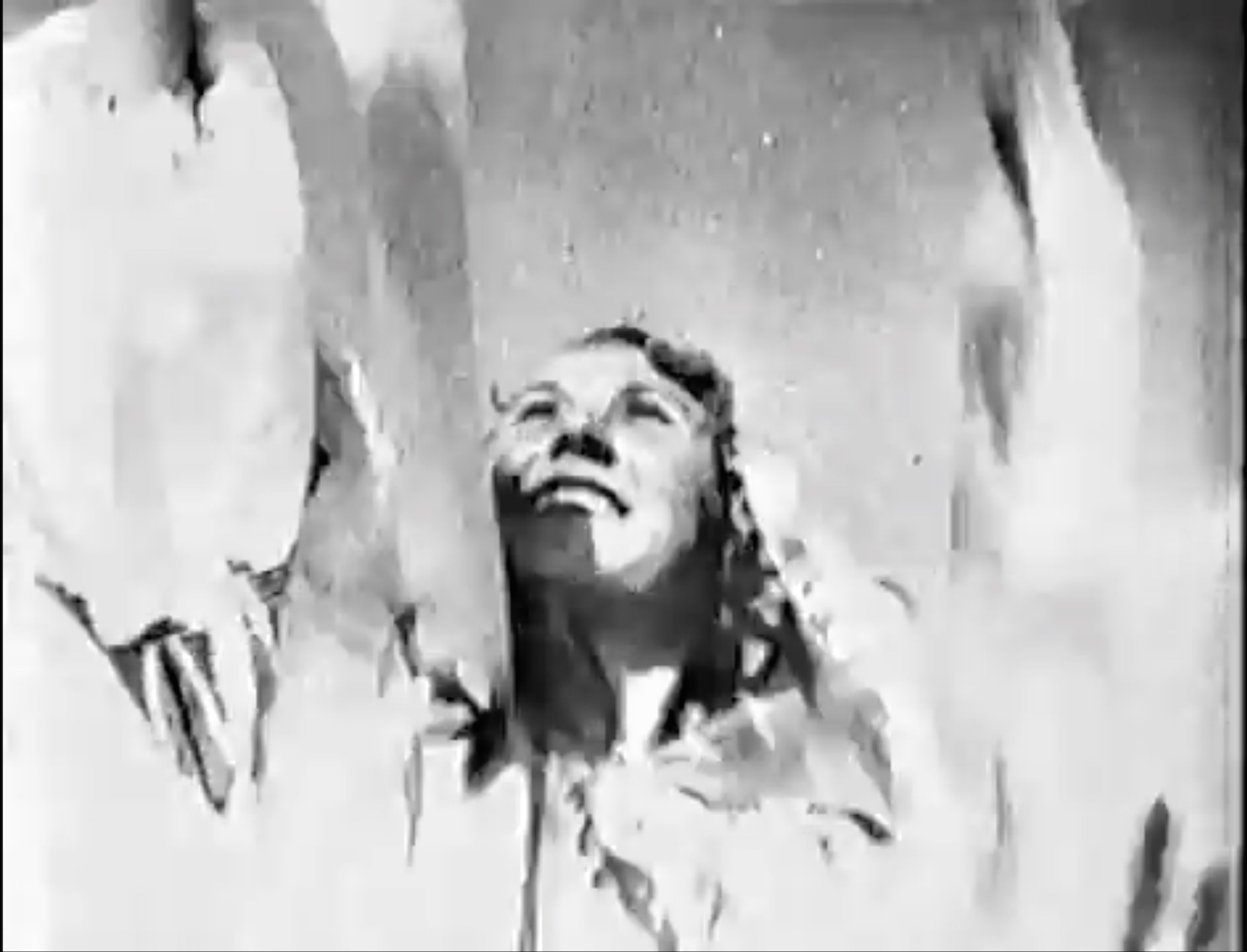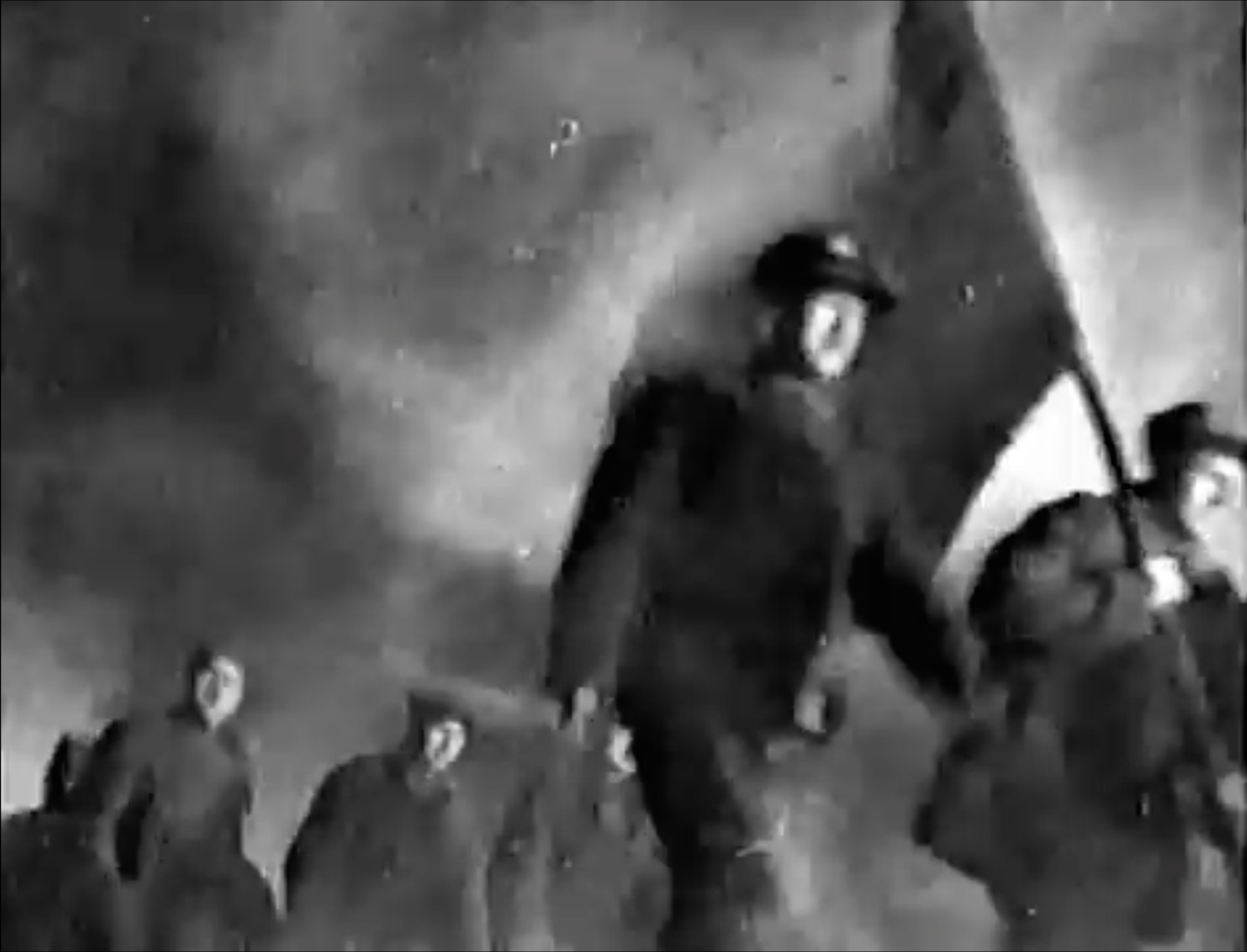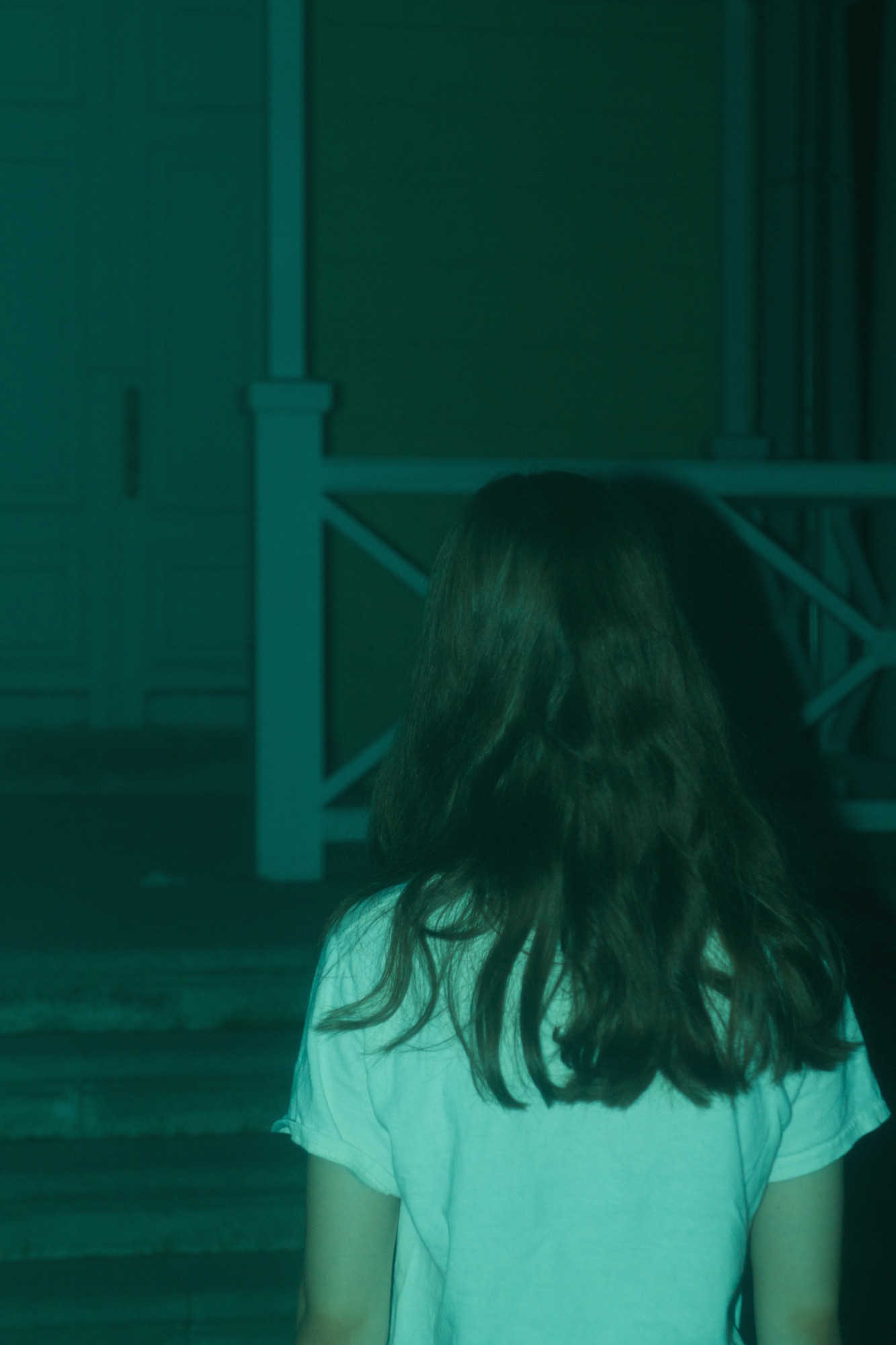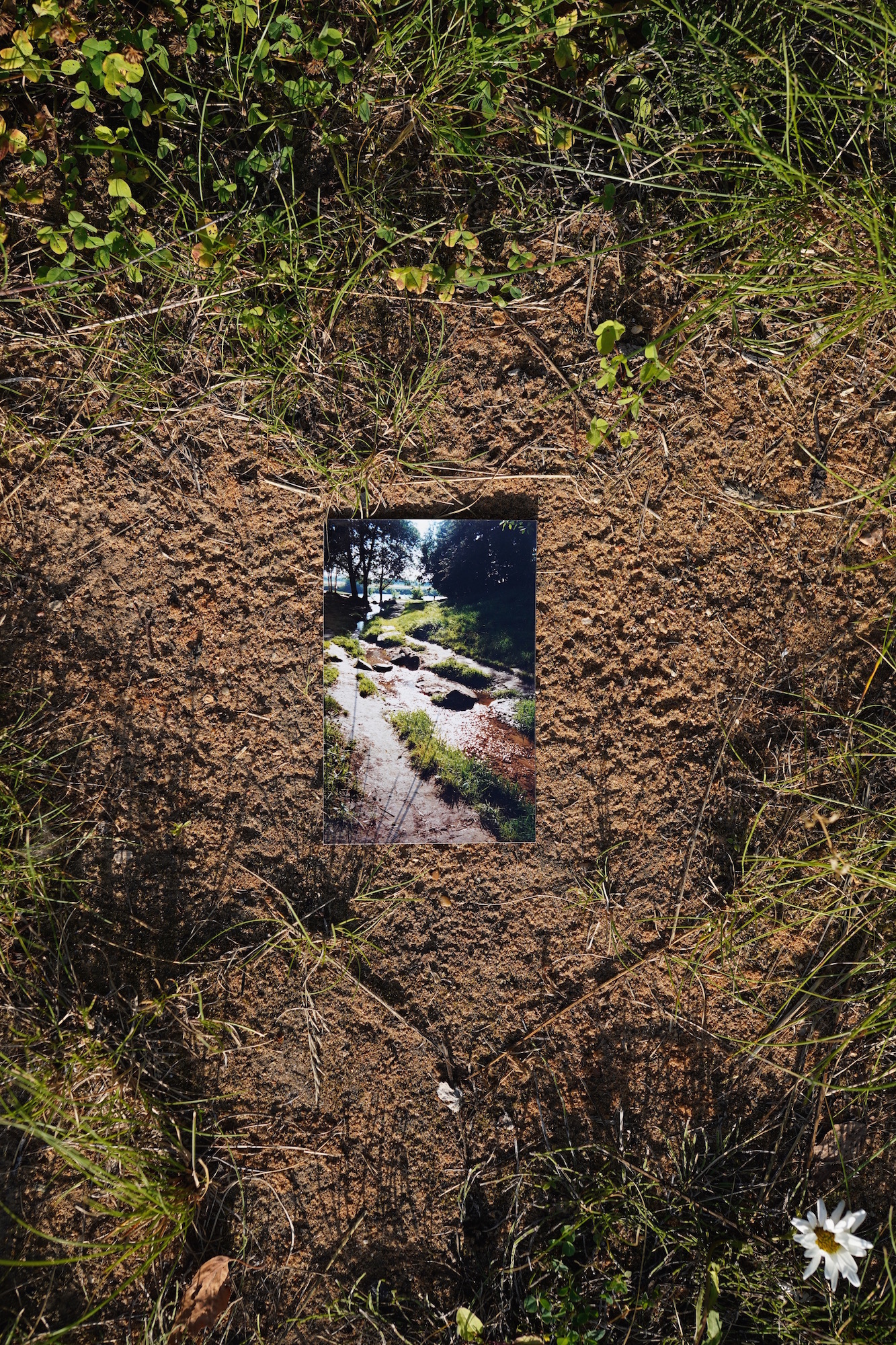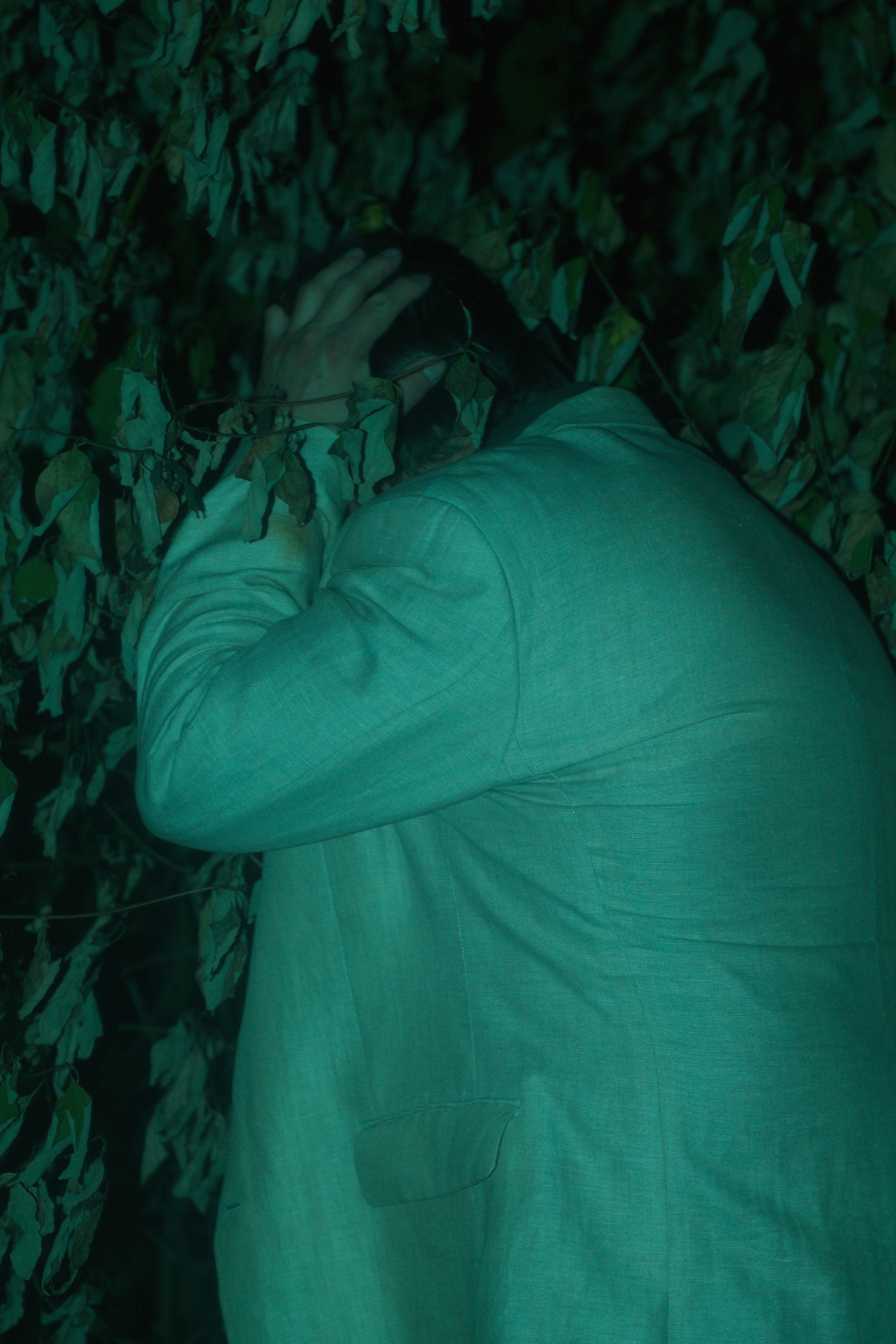One photographer’s quest to unearth the hidden history of Moscow’s Soviet labour camp
Photographer Maria Gosteva first heard stories about Dmitlag, one of Moscow’s Soviet-era labour camps, when she was still too young to comprehend their meaning. Her grandmother would tell her about a ravine not far from their house where people would disappear. It was only when Gosteva had grown up that she realised that these stories were not fairy tales, but instead they outlined real experiences of the mass repressions carried out by former Soviet leader Joseph Stalin. Today, her project Ravine explores the complex ways in which history permeates our lives – especially when the past is hidden, traumatic, or told by multiple conflicting voices.
“The actual ravine my grandmother used to tell stories about, the Golosov Ravine, is located in the Kolomenskoye Nature Reserve in the Nagatinsky Zaton area in the southeast of Moscow,” Gosteva explains. “During my research, I discovered that this was the location of one of the first sections of the Dmitrovsky labour camp — otherwise known as Dmitrovlag or Dmitlag for short — created in the 1930s to build the Moscow-Volga Canal. The canal was widely used by Soviet propaganda. One of its aims was so-called “reforging” — correctional education through labour. After the works were complete, some of the prisoners were executed, some were sent to other labour camps, and some were placed into other jobs. I’ve lived in this area since I was born, and yet knew nothing about it”.
This lack of knowledge, the sense of a void where the history should have been, has a powerful presence in Gosteva’s project. Ravine offers a vision of history which at times seems too close up to make sense of the whole picture: grainy film stills, anonymous archival photographs, close up shots of the grassy ravine slopes in the dark. It’s a deep dive into a story which is both personal and collective.
“I used various sources: the area’s history on Wikipedia, the work of local historians, dubious investigations on YouTube, websites exploring the ‘mysticism’ of the nature reserve, my family’s photographic archives,” the photographer explains. “Most of the information about the labour camp I found on the website of a local history project dedicated to the Moscow Canal. Its creators are not professional historians, but people born and based around the canal. I also used stills from a 1937 documentary, Moscow-Volga by Rafail Gikov, which was created and used for Soviet propaganda.”
The topics Gosteva explores in her work span identity, memory, the subconscious, language, and power. In relation to these themes, Soviet history is a complicated and highly-politicised topic to work with: full of blanks and constantly being rewritten and rediscovered. Ravine is a process of unearthing this history at your doorstep, a reckoning with the fact that this history might have shaped you without your knowledge. As an acknowledgement of a personal perspective, Gosteva has added her own childhood picture to the project: “It’s from a time which I don’t remember very well. For me, returning to the past is connected to the search for my own wholeness”.
Ravine doesn’t offer concrete conclusions. Instead, it’s a valuable example of engaging with a complex and traumatic history from a personal and artistic perspective — and using that experience as a chance to shift your own narrative. “This project is a reflection on collective memory as a complex process with a multitude of authors. I use different kinds of imagery to combine several points of view, objects and places, creating associative links between them. What especially matters to me is all the things which remain untold. For example, in my grandmother’s archive, I have found an envelope labelled with the words, ‘photographs in which faces are unknown to me’. They might not be connected to the canal, but I unwillingly saw parallels there,” the photographer adds. “It was important to me to explore the problematic connection of memory and identity, present, future, and how much control we have over these things.”
